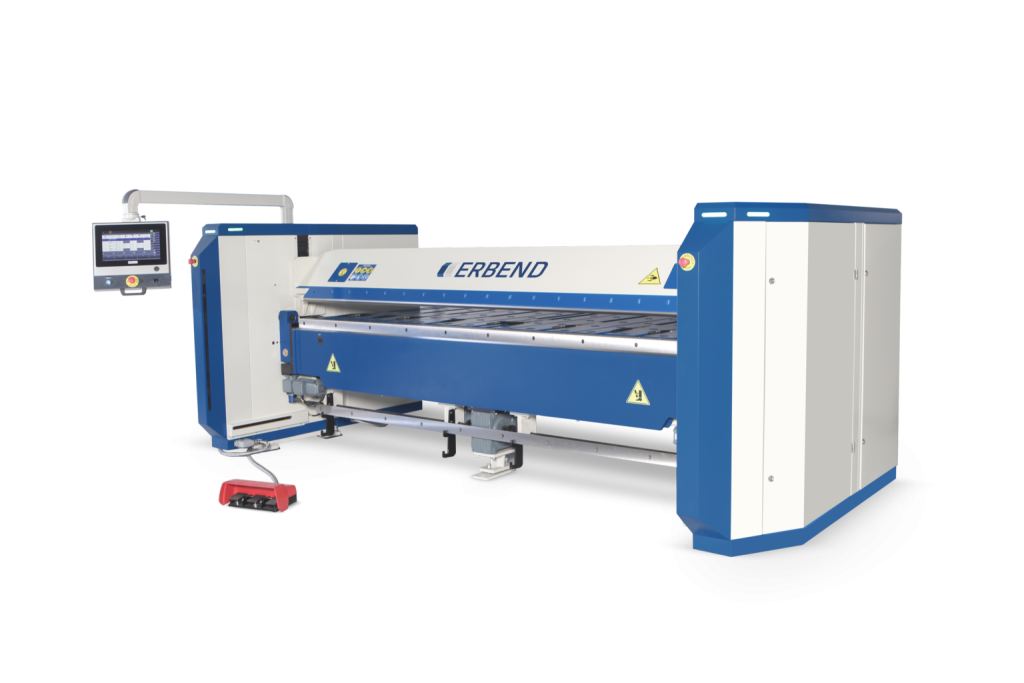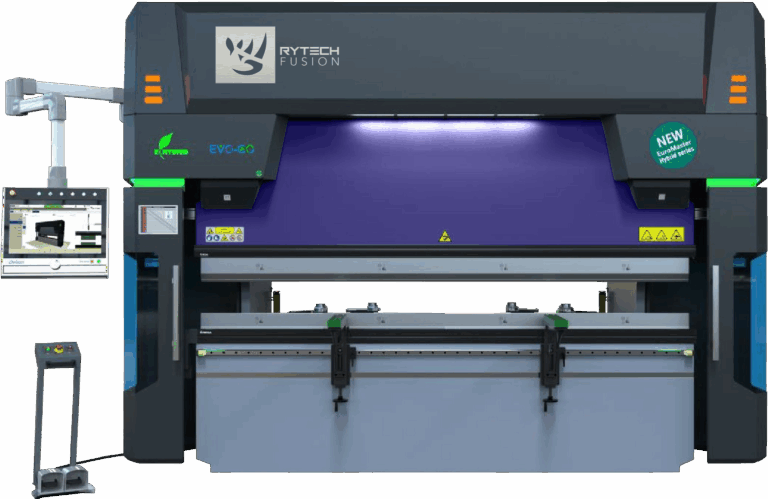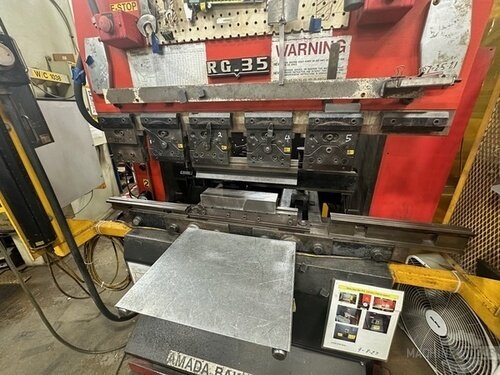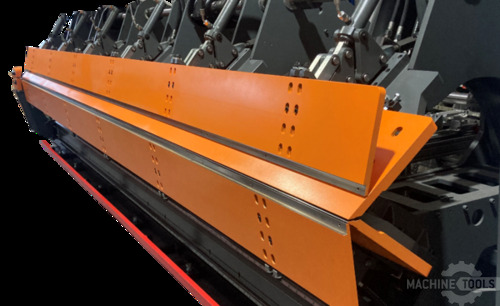Patrick (Pat) O’Neill here. My journey in the sheet metal industry began in the heart of southern Chicago, where a hands-on work ethic and a deep respect for craftsmanship were instilled in me from day one. Those early days in local fabrication shops shaped my commitment to helping customers solve real problems, not just sell equipment. Now, as National Product Manager and Regional Sales Executive at Mac-Tech, I’m proud to work alongside roofing, architectural, and industrial fabrication businesses across the country. My role is to guide customers through the maze of production upgrades—whether it’s folders, shears, slitters, decoilers, or roll formers—always putting their long-term success first.
Leveraging Decades of Expertise: Pat O’Neill’s Approach to Sheet Metal Efficiency
Every fabrication shop is unique, but the core challenge remains the same: how to do more with less—less time, less waste, and less labor. My approach starts with understanding each customer’s workflow and production goals. Over the years, I’ve seen how the right technology can transform a business, especially when it comes to automating repetitive processes or dialing in precision for architectural sheet metal. At Mac-Tech, we don’t just sell machines; we partner with our clients to ensure each upgrade delivers measurable, lasting value.
Identifying Bottlenecks in Coil-Fed Production, Slitting, and Roll Forming
Bottlenecks are the enemy of productivity. In coil-fed lines, I often see delays due to manual setups, inconsistent feed rates, or outdated folders that can’t keep up with today’s demands. Slitting and roll forming operations can suffer from material handling hiccups or mismatched machine speeds, leading to downtime and scrap. My first step is always a thorough line assessment—from decoilers and slitters to folders and roll formers—to pinpoint where efficiency is lost. Sometimes the solution is a strategic upgrade, such as integrating a servo-driven folder to synchronize with upstream and downstream equipment.
Evaluating Servo-Driven Folders for Enhanced Precision and Productivity
Servo-driven folders have become a game-changer in architectural sheet metal work. Unlike traditional hydraulic systems, servo technology offers unmatched accuracy, repeatability, and speed. The digital controls allow for precise angle settings and consistent panel production, even on complex profiles. I guide customers through side-by-side comparisons, highlighting how servo-driven folders minimize setup times, reduce operator fatigue, and enable fast changeovers—critical for shops running a wide variety of panel types or custom architectural features.
Customizing Solutions for Unique Metal Folding and Forming Requirements
No two jobs are the same, especially in architectural metalwork. That’s why I take the time to understand each customer’s material specs, part geometries, and throughput targets. Whether it’s a combi-beam folder for versatility or a double folder for high-speed volume work, I help businesses select and configure machines that fit their exact needs. We also look at integration with shears, slitters, and panel benders to ensure seamless workflows. Real-world examples include roofing contractors who reduced changeover times by 60% with the right folder, or fabricators who eliminated secondary operations with custom tooling.
ERBEND MFC INDUSTRIAL FOLDING MACHINE
ERBEND MFB STEEL SHEET FOLDING MACHINE
Maximizing Speed and Reducing Waste Through Strategic Machine Upgrades
Upgrading to servo-driven folding isn’t just about speed—it’s about running smarter. Advanced automation options, such as automatic tool changers and programmable backgauges, streamline production and reduce manual intervention. Tighter tolerances mean less rework and scrap, especially important when working with pre-finished architectural metals. I always recommend a phased upgrade plan that prioritizes high-impact bottlenecks first, ensuring ROI is achieved quickly. Our customers consistently report higher throughput, reduced overtime, and improved product quality after making the switch.
Ensuring Long-Term Success: Training, Support, and Continuous Improvement
A new machine is only as good as the team running it. That’s why Mac-Tech’s commitment doesn’t end at installation. I work with customers to provide comprehensive training, tailored maintenance schedules, and ongoing technical support. We monitor performance metrics and suggest process tweaks to keep lines running at peak efficiency. Continuous improvement is a core value—whether it’s software updates, operator training, or future equipment upgrades, I’m always just a call or email away.
Frequently Asked Questions
When is the right time to upgrade a roll former or folder?
If you’re seeing increased downtime, excessive scrap, or can’t keep up with customer demands, it’s time to evaluate an upgrade. I recommend a line assessment every 3–5 years to ensure your equipment matches your production goals.
How do servo-driven folders compare to hydraulic systems?
Servo-driven folders offer superior precision, faster cycle times, and lower energy consumption. They’re ideal for shops needing frequent changeovers or tighter tolerances, while hydraulic systems may still suit very heavy-gauge or low-volume work.
What’s the difference between a combi-beam and a double folder?
A combi-beam folder combines different tooling options for maximum flexibility, great for custom or short-run jobs. A double folder bends both directions without flipping the part, boosting speed for high-volume, repetitive work.
What are signs a roll forming line is no longer cost-effective?
Look for increasing maintenance costs, inconsistent product quality, or bottlenecks that slow down overall production. If your line can’t keep pace with modern folders and slitters, it’s likely time for an upgrade.
How can I minimize downtime during a machine upgrade?
We plan installations around your production schedule, provide on-site training, and offer remote support to get your team up to speed quickly. Our goal is to have you running better than ever, as soon as possible.
Ready to see how a servo-driven folder—or any other strategic upgrade—can boost your sheet metal efficiency? I’d be happy to walk you through the options, provide a demo, or put together a tailored quote. Let’s talk about your shop’s unique goals and how we can help you reach them.
Get Weekly Mac-Tech News & Updates








